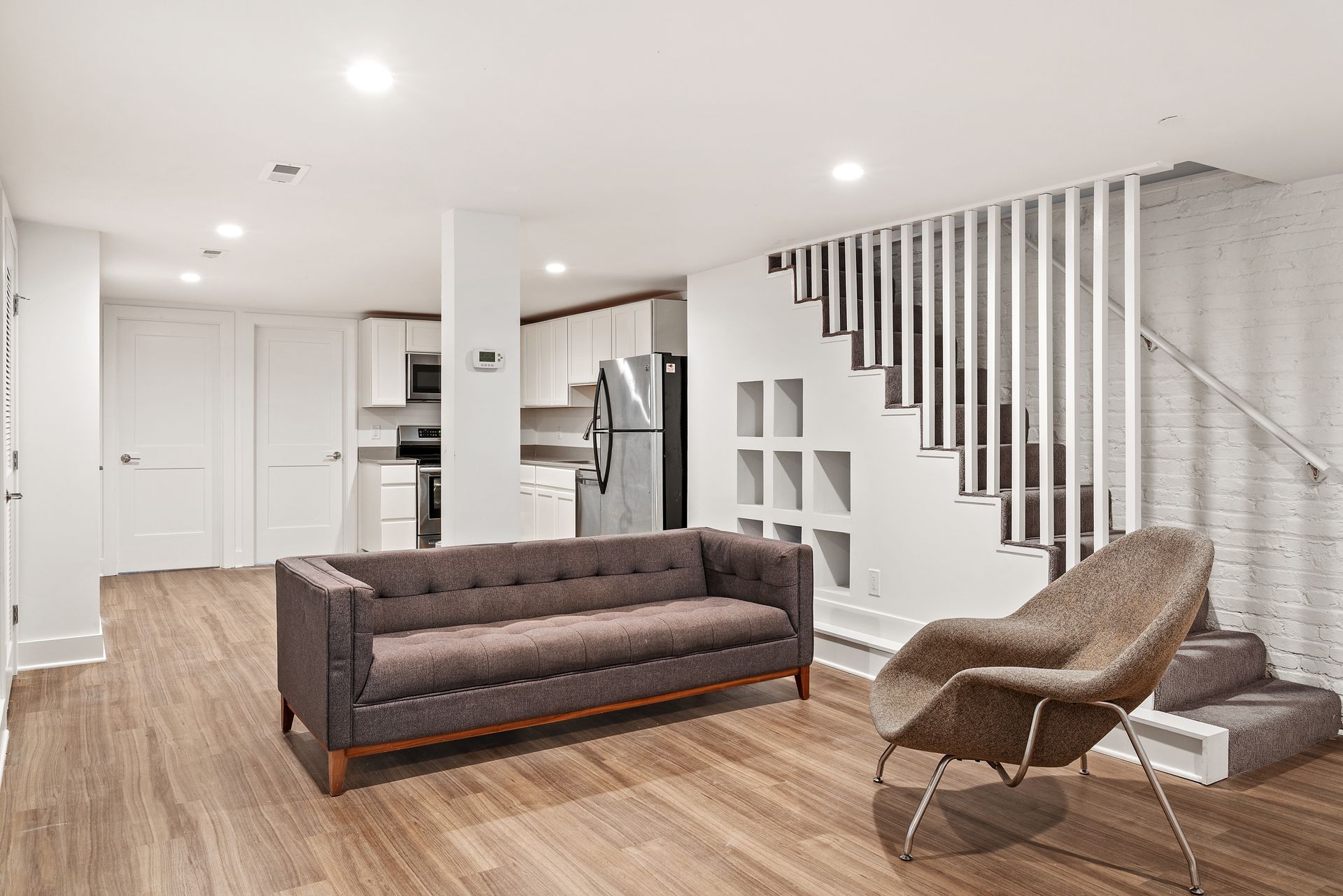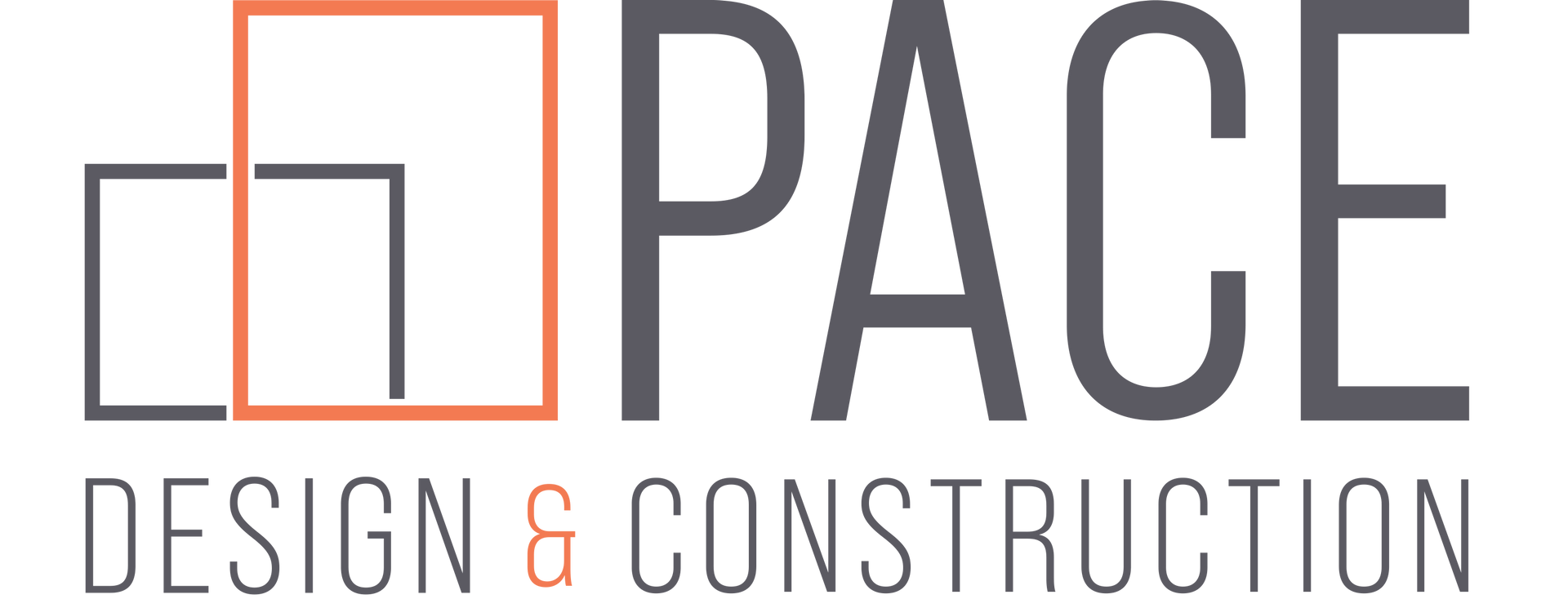What Does Building an ADU Cost in DC?
how much does an ADU Cost in Washington, DC?

Accessory Dwelling Units (ADU)
Unused space in your Washington D.C. home is valuable and could be an additional revenue stream from your existing home. Have you ever thought about establishing an accessory dwelling unit? Now just might be the time! Below are some questions we get asked frequently about the costs and processes involved in establishing a legal ADU in the District of Columbia.
How much does it cost to build an ADU in Washington DC?
The cost of building an ADU in Washington, DC can vary widely depending on the type, size, jurisdiction of the ADU. In 2019, the average cost of building an ADU in DC was $156,000. Taking into account price increases since the pandemic and the current rate of inflation, that average is closer to $200,000. That means a range to start the conversation is $180,000 to $220,000, depending on the nature of your project. Keep in mind multi-story gut renovations on existing structures or new construction can easily exceed $500,000 or more. On the flip side, a straight forward project with minimal changes to an existing space, and the most modest design and finishes will probably still hover around that $150,000 price range. This is based on many of the factors listed below and any other code requirements that may apply to the type of ADU you plan to build.
What factors can impact the cost of building an ADU in Washington DC?
- Existing or Detached: A separate ADU will require more planning, materials, labor, and time to complete. There will be zoning and lot occupancy approvals that need to be confirmed prior to any design and construction. This will allow you to design to the space available
- Style and quality: You want to make your new ADU feel like a home for your tenant without spending an arm and a leg on stylish, quality fixtures and finishes. It’s important to pick selections that have mass appeal and relevant style but also hold up over time. Spending a little bit more money upfront for a quality product can reduce the amount of replacements later on, especially when dealing with tenant turnover.
- Scope and complexity of your design: Don’t overthink it. You’re not designing this space for you, you’re designing it to be appealing to any prospective tenant. That said, it's important to design for the type of tenant you want to attract to your ADU. Young professionals, artists, and new families will all be looking for different features that will appeal to them. If you take the time to think about how much you plan to charge, your location, and who your ADU will be well suited for, you will be able to market an appealing and accessible unit that will meet the needs of your future tenant.
During almost every build there are unforeseen costs and processes that arise and an ADU is not different. Some neighborhoods have requirements that you wouldn’t necessarily think about when planning your ADU. Sprinkler systems, egress locations, and occupancy requirements are just a few examples of note.
Follow us on Instagram and Facebook for more tips and information on your next home improvement project!
